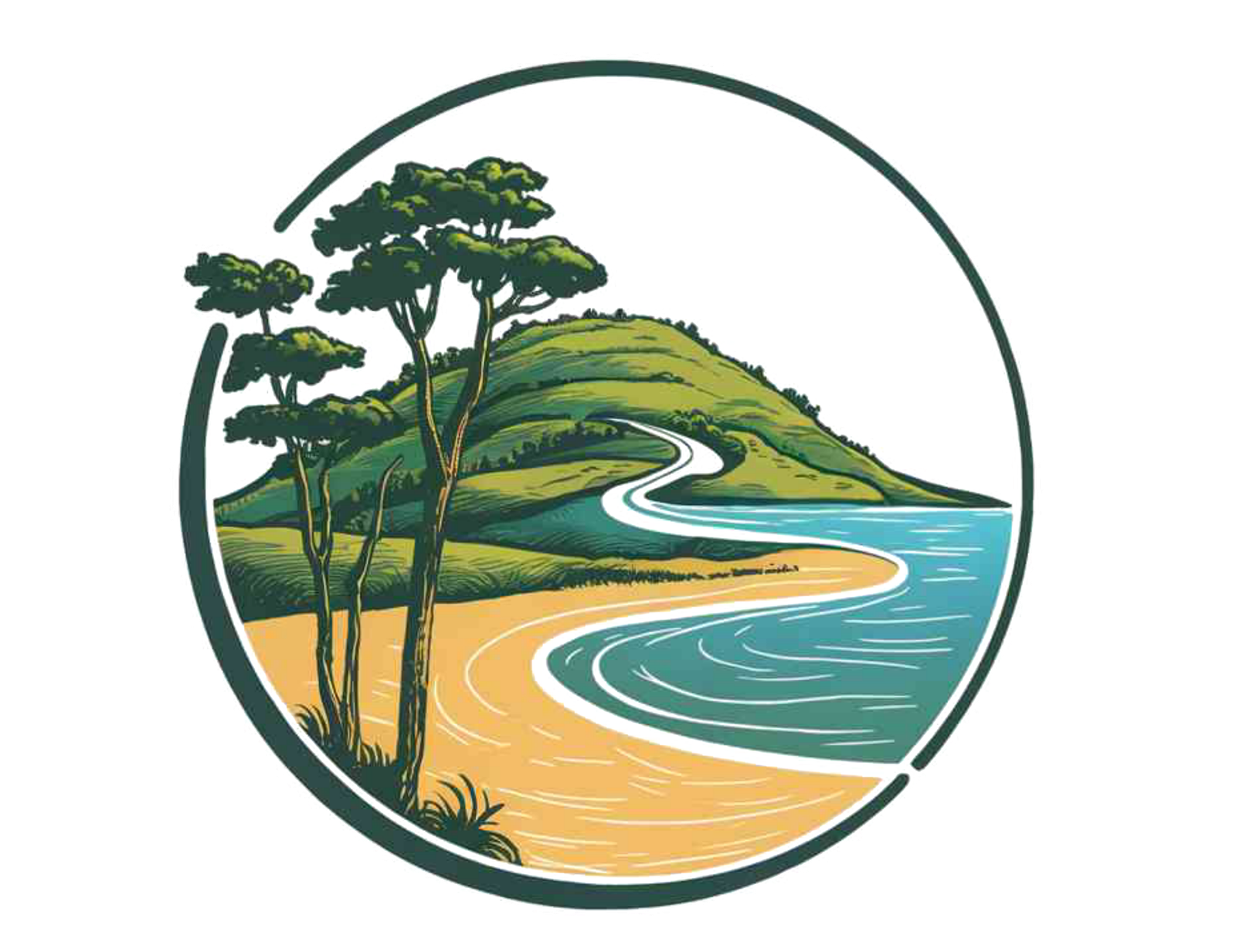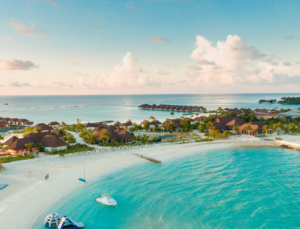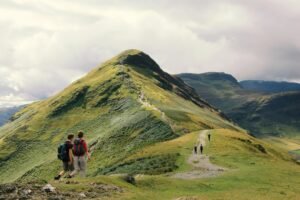Everglades National Park-everything you need to know
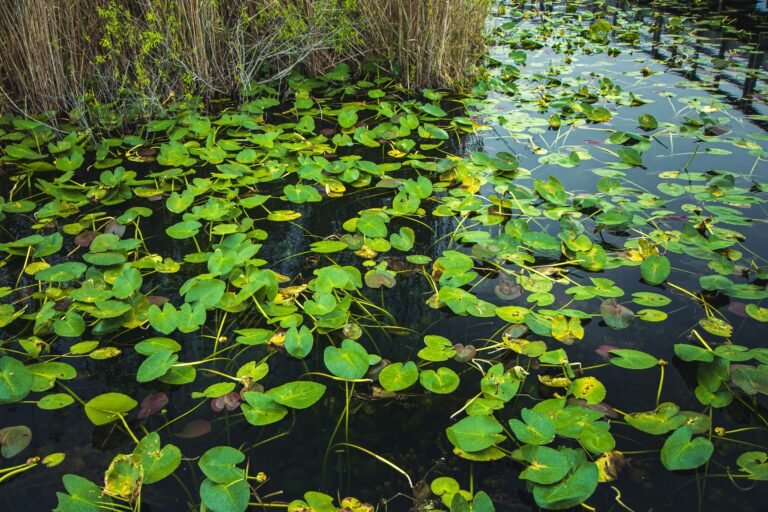
Everglades National Park is a mesmerizing expanse of wetland wilderness. It’s a paradise for adventurers, nature lovers, and wildlife enthusiasts. The Everglades is a unique ecosystem, often referred to as the “River of Grass.” This slow-moving river flows from Lake Okeechobee to Florida Bay, creating a mosaic of habitats that support a vast array of wildlife.
This unique ecosystem spans 1.5 million acres in southern Florida, offering a sanctuary for countless species of flora and fauna. As a UNESCO World Heritage Site and an International Biosphere Reserve, the Everglades is a destination that promises breathtaking scenery, unforgettable wildlife encounters, and a deep connection to nature.
Top Reasons to Visit Everglades National Park

The unique ecosystem, distinct biodiversity, breathtaking nature of the park make it the top choice for travelers.
Here are some reasons to visit this splendor of nature:
The River of Grass:
Its distinctive sawgrass marshes, mangrove forests, hardwood hammocks, and pine rocklands offer a glimpse into an ecosystem found nowhere else on Earth.
Incredible Wildlife:
It’s a biodiversity hotspot and home to an incredible diversity of wildlife. Reptiles, mammals and bird species are available in a variety.
Scenic Trails:
The Everglades offers numerous trails that allow visitors to explore its diverse landscapes. Anhinga Trail, Gumbo Limbo Trail, Pa-hay-okee Overlook are some popular trails.
Water Adventures:
It’s a home for Canoeing and Kayaking. Exploring the Everglades by canoe or kayak provides an intimate and peaceful way to experience the park. Nine Mile Pond Canoe Trail, Hell’s Bay Canoe Trail are popular for kayaking.
Thrilling Airboat Tours:
Airboat tours are a unique Everglades experience, combining thrills and education. These tours often bring you up close to alligators, birds, and other wildlife.
Breathtaking Views:
There are several observation points for stunning vistas. Shark Valley Observation Tower is located at the midpoint of a 15-mile loop road. This tower offers panoramic views of the Everglades.
So, if you want to experience these amazing things, this park should be on your bucket list for your next trip.
How to Reach Everglades National Park?

Here is your gateway to adventure in an easy and safe way:
By Car:
Driving is the most convenient way to reach Everglades National Park. Miami is approximately 45 minutes away from the main entrance of the park, making it a great starting point for your journey. Naples is about an hour away from the Gulf Coast entrance, providing another convenient option for travelers.
By Air:
The nearest major airports are:
Miami International Airport (MIA), approximately 45 minutes from the Homestead Entrance. This is the most convenient airport for reaching the park.
Fort Lauderdale-Hollywood International Airport (FLL) is about 1.5 hours from the Homestead Entrance. It’s another viable option for reaching the park.
By Public Transportation:
The public transportation system is limited but possible. While public transportation directly to the park is limited, you can still get close.
From Miami, take the Miami-Dade Transit bus to Homestead, then use a taxi or rideshare service to reach the park entrance.
By Tour Operators:
It’s a hassle-free option. Many tour operators offer guided trips to the Everglades, which can be a convenient and informative way to visit the park without worrying about transportation. These tours often include hotel pick-up and drop-off, airboat rides, and wildlife viewing excursions.
Travel Tips for Making the Most of Your Visit:
- Research the weather for suitable timing.
- Always stay on designated trails and boardwalks for your safety.
- Follow park guidelines properly.
- Use visitor centers for maps, current conditions, and other information.
- Visitor centers are good spots to find restrooms and refill water bottles.
- Consider an airboat tour for a thrilling ride and a chance to see wildlife up close.
- Know the location of the nearest visitor center or ranger station in case of emergencies.
By following these directions and tips, you can ensure a smooth and enjoyable trip to Everglades National Park, making the most of your adventure in this unique and beautiful ecosystem.
Park Entrances And Expenses:
The park provides flexibility and easy access to various park entrances. The park has three main entrances:
- Homestead Entrance (Main Entrance): Located near the city of Homestead, this entrance is accessible via Florida’s Turnpike.
- Shark Valley Entrance: Located in the U.S. Highway 41 (Tamiami Trail), about 35 miles west of Miami.
- Gulf Coast Entrance: Located in Everglades City, this entrance is accessible via Interstate 75 (Alligator Alley).
The park charges an entrance fee of $30 per vehicle, $25 per motorcycle, or $15 per person for those entering on foot or bicycle.
Where to Stay?
While the Everglades offers a range of accommodation options, choosing the right one can enhance your experience:
Camping:
For a truly immersive experience, consider camping within the park. Long Pine Key and Flamingo campgrounds offer frontcountry camping with amenities like restrooms and showers. For a more rustic adventure, try backcountry camping accessible only by boat or a long hike.
Lodging Nearby:
If camping isn’t your style, nearby towns like Homestead and Everglades City offer a variety of lodging options, from budget motels to charming bed-and-breakfasts.
Alternative Stays:
For a unique experience, consider staying in one of the houseboats available for rent at the Flamingo Marina.
Outdoor Activities: Embrace the Wild

The Everglades offer a plethora of outdoor activities that cater to adventurers of all types:
Hiking: Trails like the Gumbo Limbo Trail, Pa-hay-okee Overlook, and Mahogany Hammock Trail offer diverse landscapes and the chance to experience the park’s beauty on foot.
Canoeing and Kayaking: Paddle through the park’s serene waterways on the Nine Mile Pond Canoe Trail or the Hell’s Bay Canoe Trail. These routes offer a peaceful way to explore remote areas, observe wildlife and get close to nature.
Airboat Tours: For an adrenaline-pumping experience, embark on an airboat tour. These high-speed adventures take you deep into the heart of the Everglades, where you’ll learn about the park’s ecology and history from knowledgeable guides. This outdoor activity is a must.
Bird Watching:
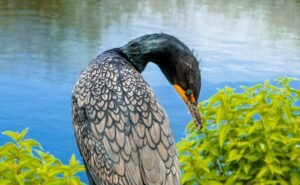
With over 360 species of birds, the Everglades is a bird watcher’s paradise. Bring your binoculars and spot colorful species like the roseate spoonbill, wood stork, and osprey. It’s amazing!
Fishing: The park’s waters are rich with fish, making it a popular spot for both freshwater and saltwater fishing. Anglers can catch tarpon, snook, and largemouth bass, among others. Fishing here is a great experience.
Must-See Places: Highlights of the Park
Everglades National Park is brimming with must-see spots that showcase its diverse beauty:
Shark Valley:
Home to a 15-mile loop road and an observation tower, Shark Valley offers stunning panoramic views of the Everglades. Whether you explore by tram, bike, or on foot, this area is perfect for wildlife viewing.
Anhinga Trail:
A short, accessible boardwalk trail that winds through a sawgrass marsh, providing excellent opportunities to see alligators, wading birds, and other wildlife up close.
Flamingo:
Located at the southern tip of the park, Flamingo is a gateway to the park’s marine environment. Enjoy boat tours, kayak rentals, and the chance to see manatees and dolphins.
Everglades City:
This charming town on the park’s northwest edge is the starting point for exploring the Ten Thousand Islands, a labyrinth of mangrove islets perfect for boating and fishing.
Hidden Gems: Off the Beaten Path
While the popular spots offer incredible experiences, don’t miss these lesser-known gems:
Loop Road Scenic Drive: This 24-mile unpaved road off the Tamiami Trail offers a tranquil journey through the Big Cypress National Preserve, with opportunities to spot wildlife in a quieter setting.
Eco Pond: Located near the Flamingo Visitor Center, Eco Pond is a serene spot for bird watching, particularly at sunrise and sunset.
Bear Lake Trail: This relatively secluded trail near Flamingo leads to a tranquil lake, offering a peaceful escape and excellent birding opportunities.
Preparing for Your Visit
To make the most of your trip to Everglades National Park, keep these travel tips in mind:
- Seasonal Considerations: The dry season (November to April) is the best time to visit, with cooler temperatures and fewer mosquitoes. The wet season (May to October) brings higher humidity, frequent rains, and a surge in insect activity.
- What to Pack: Essentials include sunscreen, insect repellent, a wide-brimmed hat, comfortable walking shoes, and plenty of water. Binoculars and a camera are also must-haves for wildlife watching and photography.
- Safety First: Always stay on designated trails, keep a safe distance from wildlife, and never feed the animals. Be mindful of the park’s regulations to ensure a safe and enjoyable visit.
Everglades National Park is more than just a destination; it’s a journey into a world teeming with life, beauty, and wonder. Whether you’re hiking through a lush hammock, gliding across the water on a canoe, or witnessing the awe-inspiring sight of a great blue heron in flight, the Everglades offers experiences that will stay with you long after your visit. By planning ahead, respecting the environment, and immersing yourself in the park’s natural splendor, you’ll create memories that last a lifetime. So, pack your bags, embrace the wild, and embark on an unforgettable adventure in the heart of Florida’s Everglades.
